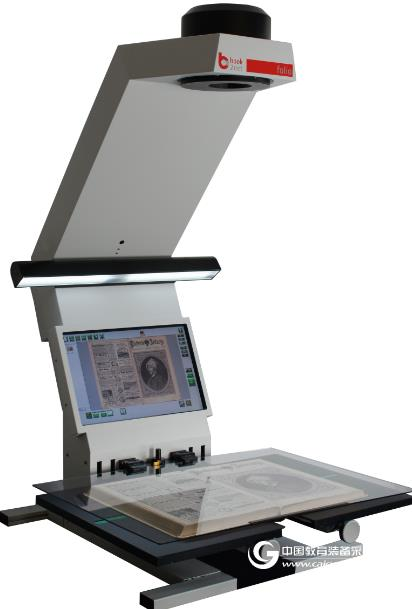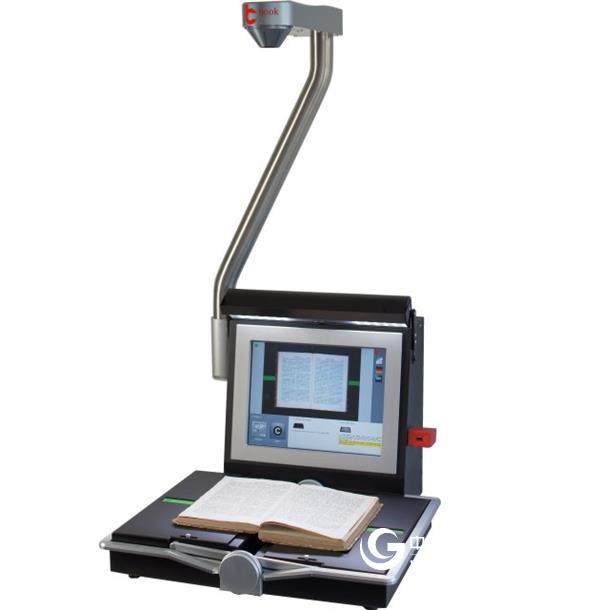Development trend of non-contact book scanner imaging technology (1)

At present, the color non-contact scanner has become the new darling of the digital market, and it can truly restore the quality of the original image without destroying the precious originals bound to the book. Through the digital image obtained by the non-contact scanning, it can be seen that the scanned image maintains the quality of the original well regardless of the three-dimensional shape or color.
The non-contact book scanner uses matrix point-to-point scanning technology to scan the page upwards. The scanning process does not need to be unrolled. The automatic or semi-automatic mode is selected according to the binding status and paper condition of the ancient books of the case, and the scanning work is completed as easily and efficiently as reading a book.
Generally speaking, book scanners scan images in three ways. Linear photocouplers (CCDs) are used for scanning photoelectric conversion elements. That is, we see linear CCD scanning for the longest time. Similar to the scanning method of the copying machine, the scanning device using the scanning method such as a book scanner, a copying machine, a flatbed scanner, an engineering machine, etc.; a scan translated into a "complementary metal oxide semiconductor" by a CMOS (Complementary Metal Oxide Semiconductor) , that is, CMOS scanning. It is also a processor technology that is most likely to replace CCD technology. Numerous R&D institutions have invested a lot of energy in CMOS. The huge demand in the market has also driven the development of CMOS technology. In 2016, the global CMOS demand is about 9 billion chips; the last one is the matrix CCD photocoupler (CCD). For the scanning of super-matrix photoelectric conversion components, the aerospace-class matrix CCD is a new generation of CCD processor products that combines the advantages and features of a new generation of CCD and back-illuminated CMOS. Such imaging components are used in high-end applications that require high-precision simulation acquisition and need to ensure trouble-free operation for a long time, such as space telescopes, space stations, top-level non-contact book scanners, and file scanners.

He continued the advantages of simple design, high sensitivity, excellent image quality and mature technology of CCD sensor, and also solved the problem of slow processing speed of linear ccd image; collecting the noise of output image line by line, and making the durability of ccd greatly Upgrade. The stability of the processor under high-intensity use is guaranteed. Although matrix CCDs are still difficult to solve the problem of low prices resulting in high prices. But it is the matrix CCD technology that combines the biggest advantages of CCD and CMOS design, which makes him have more flexible application in product design. That is to say, if one day CMOS technology can perfectly replace CCD technology, only the cross-platform design of matrix CCD technology can be upgraded seamlessly. However, the old linear CCD products can only be completely eliminated.
The detailed application of the contactless book scanner and the file scanner processor will be broken down next time.
A mono stringer staircase uses a single `beam-like' stringer that supports the centre of the treads from below. Due to this structural feature, mono stringers have a hold on modern stair design. This minimalist approach offers open space, beautiful flow of light, and the feel of Stairs that simply float! If you are looking for a modern stair, then the mono stringer is a trending option to consider.
Mono Stairs,Steel Mono Stringer,Wood Mono Stringer Stairs,Single Stringer Steel Stairs
HOPE IKEA , https://www.hopelkea.com